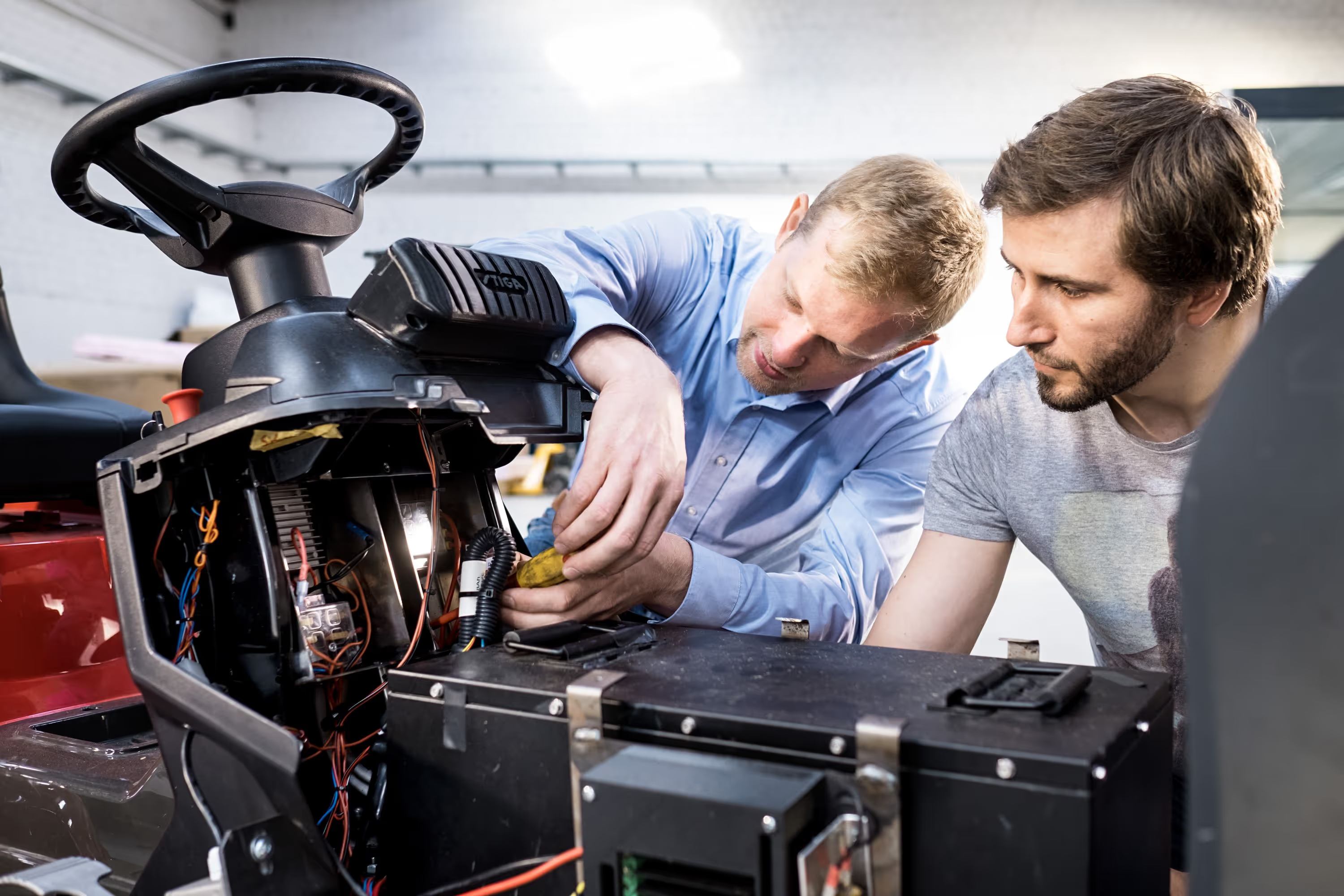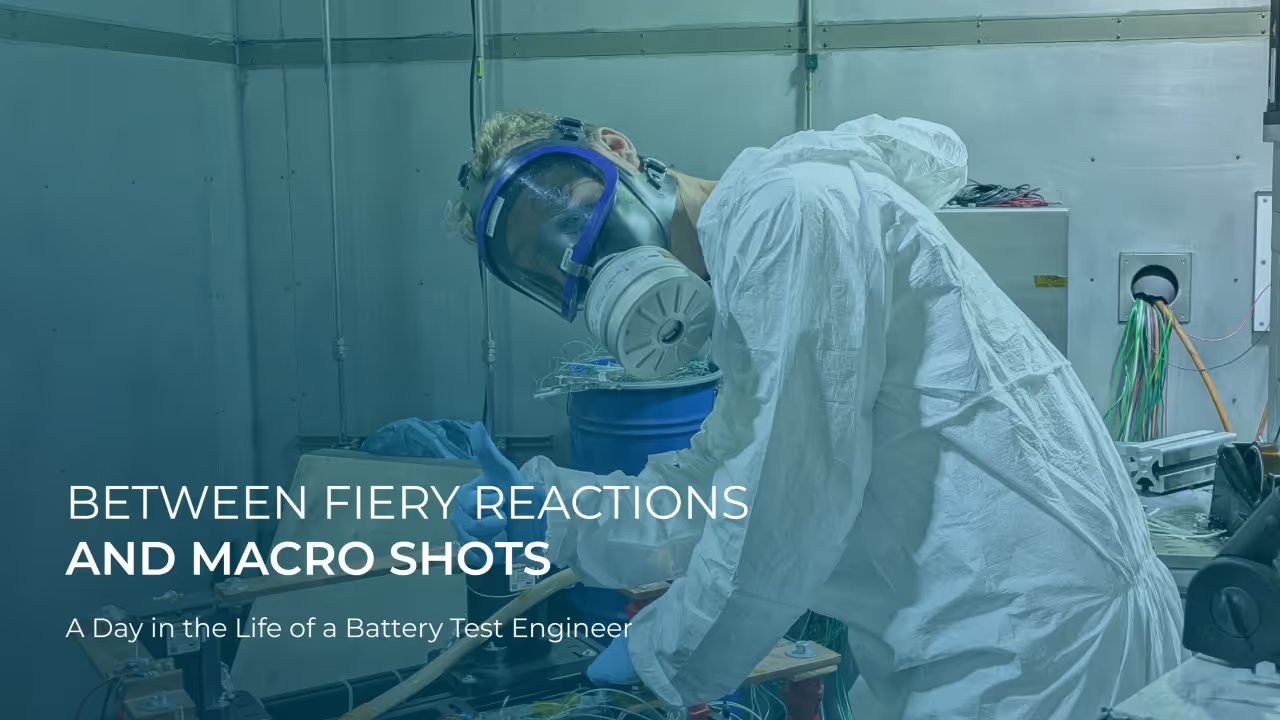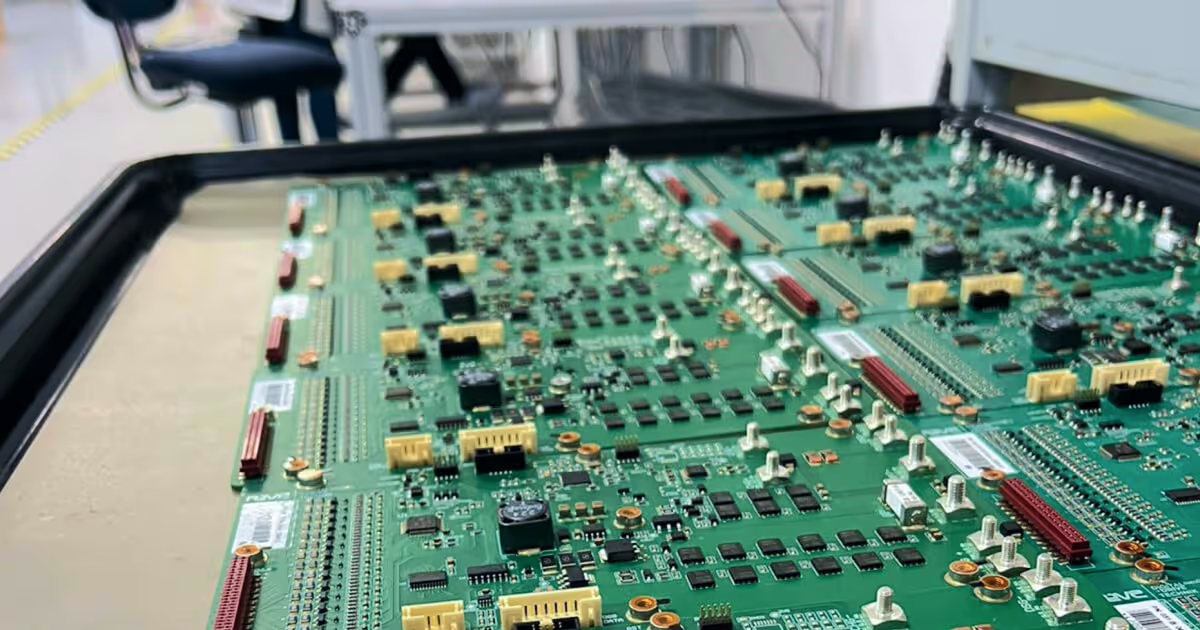Due Diligence in Engineering: Turning Safety Into a Habit

Due Diligence in Engineering: Turning Safety Into a Habit
Most of you know the term "due diligence" as precautions and steps taken when doing merger and acquisitions (M&A), meaning doing thorough analysis of companies involving financial reviews (assets, debts, tax records), legal reviews (contracts, compliance, litigation history, etc.), operation reviews (structure, processes and staff of a company), or commercial reviews (looking at market, competition, potentials)
But how can we as engineers deal with those expectations put on us? The term "due diligence" seems distant and not really tangible; of course, we are all obliged to follow and apply state-of-the-art, but how do we know that we have acted in an appropriate way?
I often get this question from engineers from our customers, and one part of the answer is symbolized by the picture above and contains three questions, and a special thanks goes out to an old colleague at Volvo Trucks North America, Carl Comte from Volvo Group, for inspiring the complete product safety department at Volvo at that time (including me):
o What did you know? - What is it you know about a possible defect right now? only facts count in here
o When did you know? - when in time did you get to know of something suspicious
o What did you do? - how was your reaction/course of action
If you can answer the three questions above satisfactorily, you could also withstand a jury inquiring of you.
The next guiding star that I can provide you with is a question of common sense: How would your family react if you told them about your course of action or what you have recommended? Would they be proud of you or advise you to react in another way?
If the result would not be positive, then possibly something is wrong, and you should consider what to do. Use the reporting ways that there are inside your companies, which could be talking with your direct superior, escalating issues, or using other possible means.
Safety is not an act; it is a habit.





